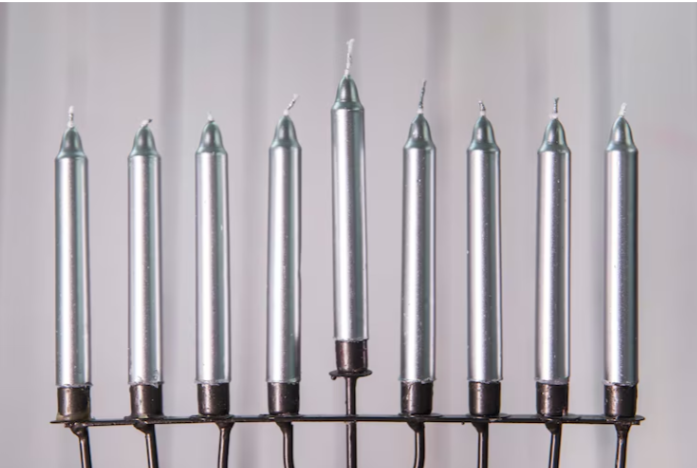In critical scientific research—like material science or quantum computing—experiments often require ultra-high vacuum environments with precise internal manipulation.
The linear vacuum feedthrough is indispensable, enabling accurate, repeatable linear motion within these chambers without compromising vacuum integrity.
This specialized component is fundamental for researchers to achieve reliable and groundbreaking results, pushing the boundaries of discovery.
1. Uncompromised Vacuum Integrity
The primary and most crucial benefit of a linear vacuum feedthrough is its ability to transmit motion into a vacuum chamber without introducing leaks or contaminants.
Utilizing advanced sealing technologies, such as bellows or ferrofluid seals, these feedthroughs maintain the high vacuum levels essential for sensitive experiments.
Any degradation of the vacuum can compromise experimental conditions, leading to inaccurate data, sample contamination, or even equipment damage. By ensuring vacuum integrity, the feedthrough protects the delicate experimental environment, allowing for pristine conditions.
2. Precise and Repeatable Linear Motion
Scientific experiments often demand extremely precise control over sample positioning or instrument movement. A well-designed linear vacuum feedthrough provides smooth, accurate, and repeatable linear translation.
Researchers can precisely move components within the chamber by microns or even nanometers, which is critical for techniques like atomic force microscopy, thin-film deposition, or in-situ material characterization.
This level of precision ensures that experimental parameters can be meticulously controlled and replicated, leading to reliable and publishable data.
3. Enhanced Experimental Versatility
The ability to manipulate objects within a vacuum chamber linearly opens up a vast array of experimental possibilities.
Researchers can bring samples closer to detectors, adjust the position of evaporation sources, align optical components, or move probes across a surface without breaking vacuum.
This enhanced versatility provided by the linear vacuum feedthrough allows for more complex experimental setups, dynamic measurements, and the exploration of new scientific phenomena that would otherwise be impossible.
4. Reduced Experimental Downtime
Breaking vacuum to adjust internal components is a time-consuming process. It involves venting the chamber, making the adjustment, and then re-pumping to the desired vacuum level, which can take hours or even days, especially for UHV systems.
A linear vacuum feedthrough eliminates the need for frequent venting, drastically reducing experimental downtime. This efficiency allows researchers to conduct more experiments in a given timeframe, accelerating the pace of discovery and optimizing valuable lab resources.
5. Integration with Automated Systems
Many advanced research setups benefit from automation for reproducibility and throughput. Modern linear vacuum feedthroughs can be easily integrated with motor drives and computer control systems.
This allows for automated, pre-programmed movements, making experiments more efficient, less prone to human error, and capable of executing complex sequences that might be difficult to perform manually.
The seamless integration capabilities are vital for high-throughput research and precise experimental control.
6. Robustness and Long-Term Stability
Research equipment represents a significant investment, and components must be reliable and durable. High-quality linear vacuum feedthroughs are engineered for robustness and long-term stability under demanding conditions.
They are designed to withstand repeated cycles of movement and temperature fluctuations without degrading their sealing properties or mechanical precision.
This reliability ensures consistent performance over extended periods, providing researchers with a dependable tool that contributes to years of productive experimentation.
